The Metaverse is on the mind of a variety of advisers, practitioners, corporate strategists, corporate strategists, as well as central bankers. However, Generation Z participants – or zoomers as they’re affectionately known – aren’t contemplating it. They are already living the Metaverse, living it and expanding the ever-changing Metaverse. Suppose you’ve never heard of the Metaverse before. In that case, it’s time for you to effortlessly crawl through your intellectual abyss and begin to comprehend the intricacies and peculiarities surrounding this digital universe transformation. Every business and corporate needs to re-evaluate their business strategies to meet the needs of the zoomers – who, by the way, constitute the most significant consumer base currently. They will continue to set the rules of interaction with all consumer ecosystems, including the major techs. We are now in the realm of zoomers, and the growth of their Metaverse timeline is inevitable. The Metaverse as a Future of Digital Assets and Blockchain is now talk of the town.

Metaverse – The Next-Generation Digital Asset Ecosystem
Let us take a look what Metaverse offers:
Unlimited Possibilities
The Metaverse has endless possibilities, limited by human imagination and technological capabilities as technology and imagination grow, as do the possibilities and solutions for mankind. One example is metaverse cryptocurrency tokens. These can range from running simulations to fabricating value-creation events. Like physical objects and spaces, we also have digital spaces and objects that can now communicate with each other using specific tools and applications. In this regard, it is claimed this is the closest interaction that we’re capable of using the capability to travel through time or the capability to travel between an alternate reality.
Why Does the Metaverse Have Holograms?
When the internet first came into existence in the early 1990s, it began with several technological breakthroughs that included the capability for computers to communicate with each other across huge distances or to connect one web page to another. These technological innovations were the fundamental elements used to create the structures we now know the internet as, including apps, websites, social networks, and all the other stuff built on these core elements. This isn’t even considering the expected convergence between technologies that make up the interface that isn’t connected to the internet but is nonetheless necessary for its operation, including keyboards, displays, and touchscreens.

In the Metaverse, several new elements are in places, such as the capacity for hosting hundreds or even thousands of individuals in one instance of a server (ideally, the subsequent versions of a metaverse can handle millions or thousands of users at once) motion-tracking devices that are able to determine the direction a person is looking or the position of their hands. These technologies are fascinating and seem like something out of the future.
NFTs
This NFT moniker is an unfortunate mistake in the name of a word – just like the ICOs (initial coin offerings). NFTs aren’t just digital representations of assets similar to the purchases of digital art earlier in the year that brought NFTs to the forefront. NFTs are very sophisticated smart contracting languages capable of capturing a range of rights for all digital assets. It can be used to capture royalty rights for trailing rights, as can it automatically integrate with other options to boost the right’s base. It is certain to enable Cristiano Ronaldo to take fans’ engagement to a different universe, perhaps even the Metaverse!



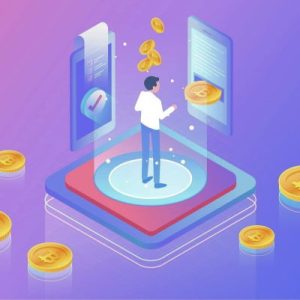
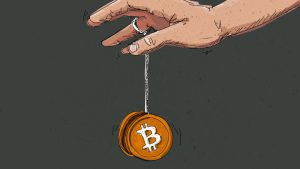
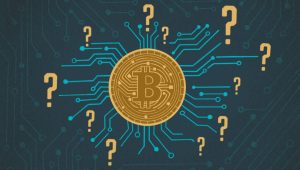



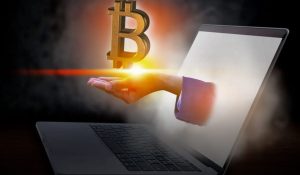



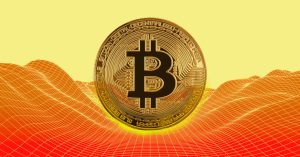






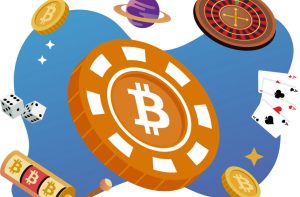
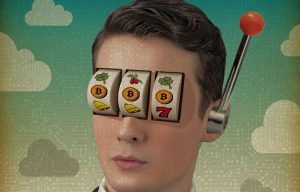



 Christopher is the CEO of Two Brothers Software and serves on its board of directors. Before joining Two Brothers Software, he served as chief operating officer of since October 2012, and as its chief financial officer when joining the company in May 2016.
Christopher is the CEO of Two Brothers Software and serves on its board of directors. Before joining Two Brothers Software, he served as chief operating officer of since October 2012, and as its chief financial officer when joining the company in May 2016.